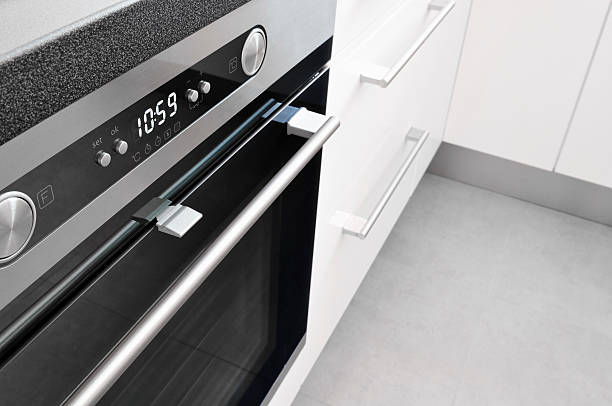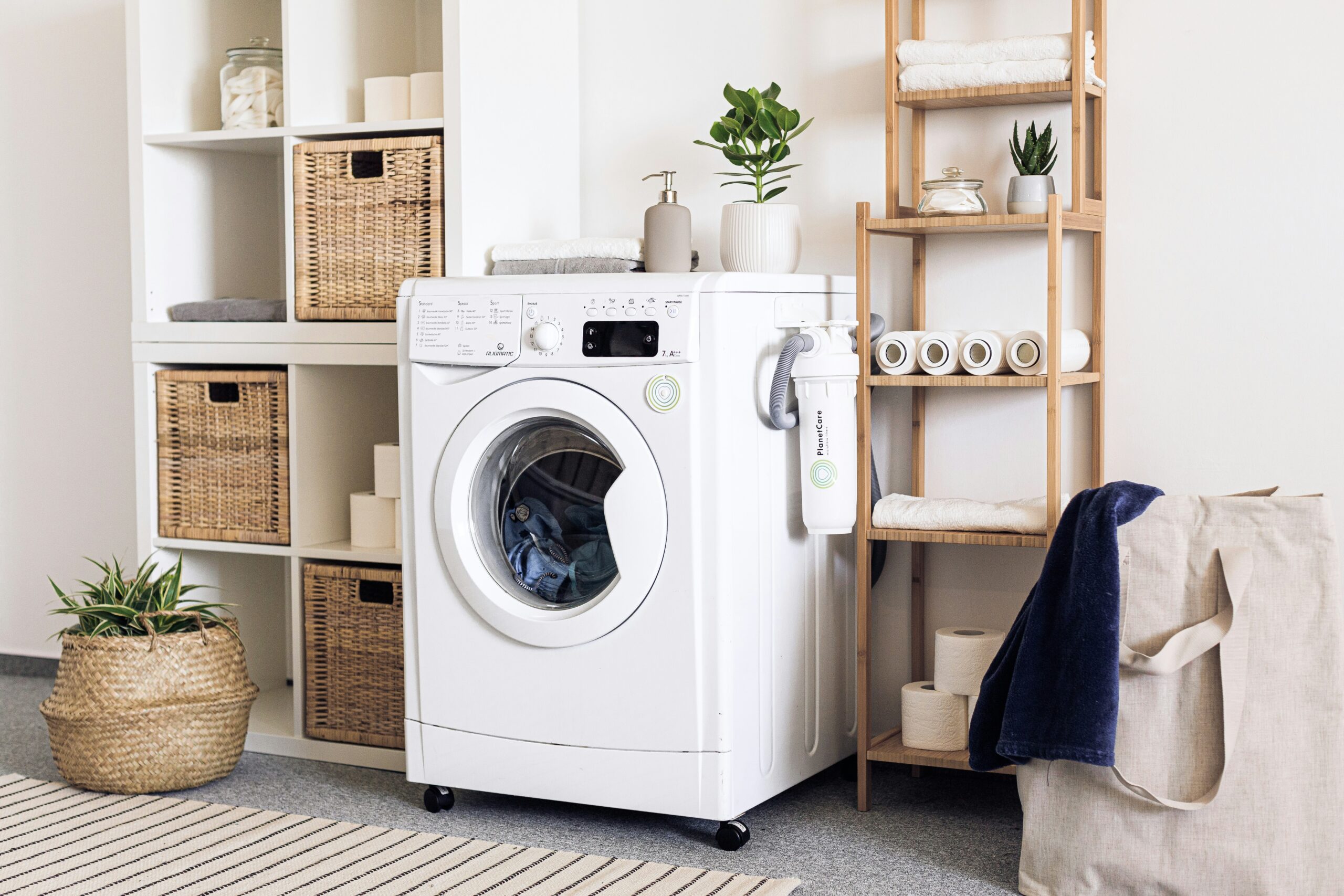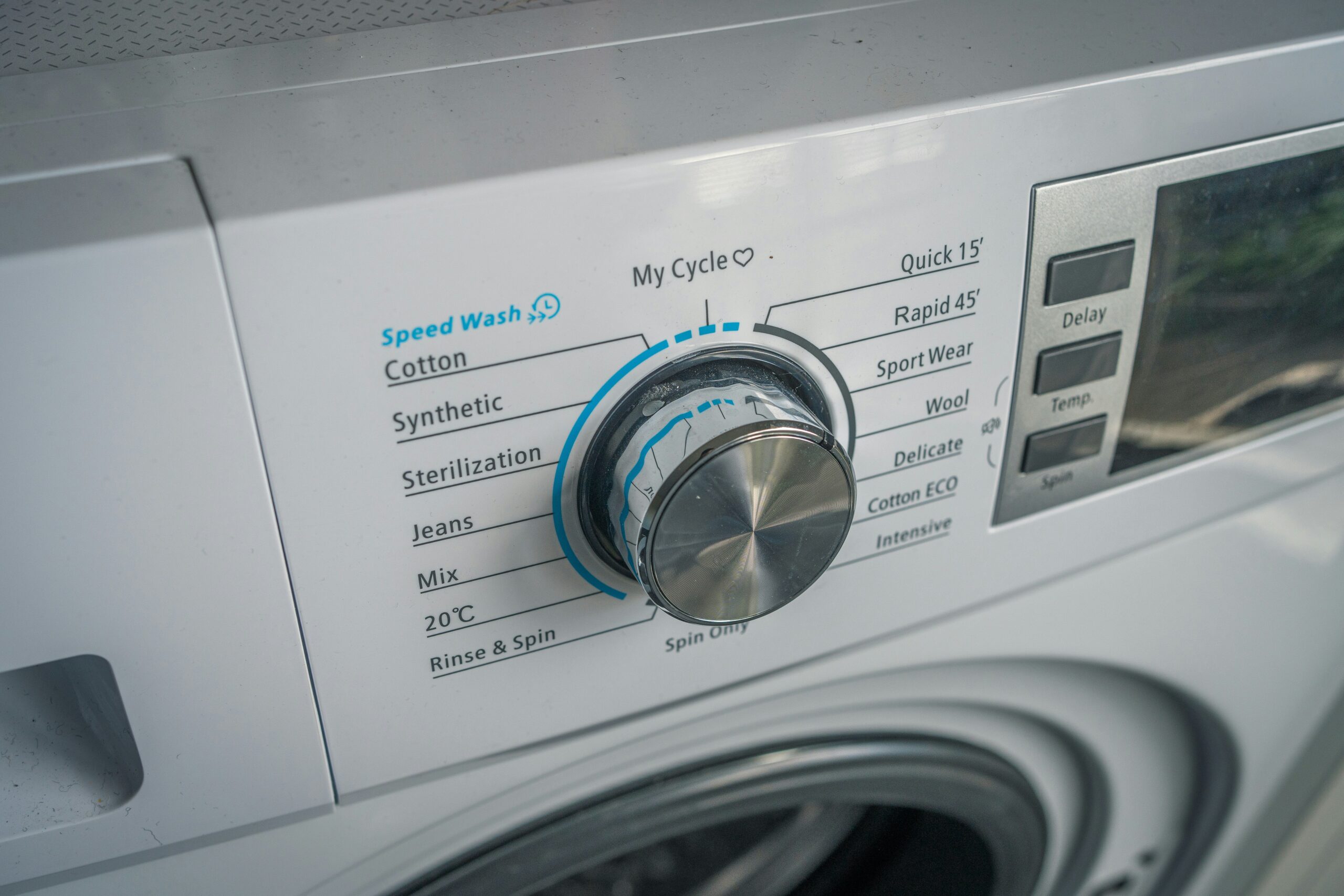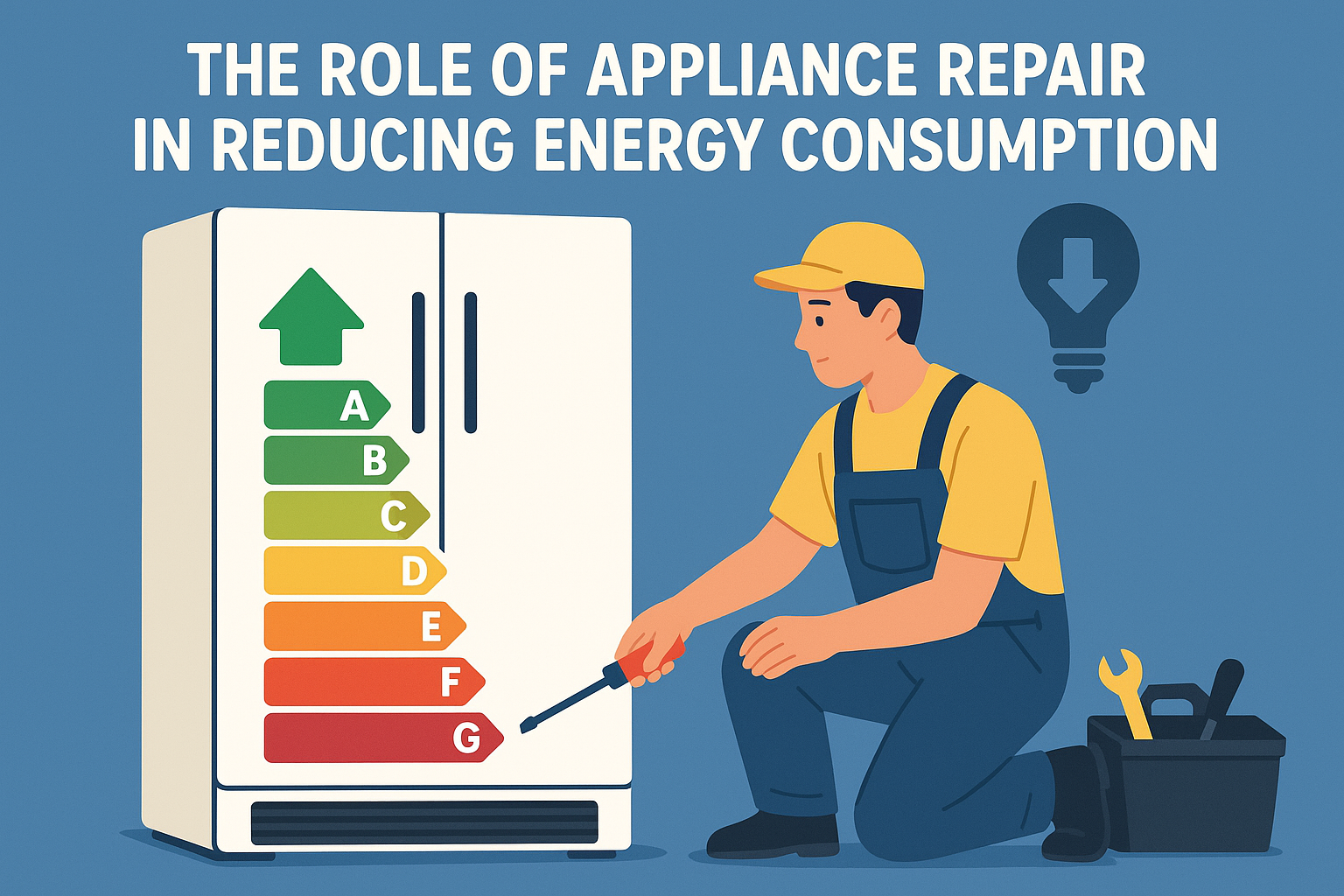We can never imagine a house without a kitchen. It is that one cosy space in your home where you cook, talk, and spend some time. Just like every other space, our kitchens also are changing constantly with growing and evolving technology. It has turned from a simple cooking space into a multifunctional room that has a lot of appliances that make your life easier, better and more convenient. Amongst all these changes, there is a full-size oven that is a cornerstone of cooking. It has been there for a while and is holding its ground even though there have been a lot of alternative cooking appliances. So, what makes it special and different from other appliances? Let’s find out!
Full-Size Ovens – Still Here!
Did you know that traditional full-size ovens usually measure between 27 to 30 inches in width and take around 5 cubic feet of your kitchen space? We agree that these ovens take up space, but this means that they have a good amount of capacity. This has continued to be a standard feature in modern homes, even with the incoming of newer appliances like modern air fryers and instant pots. These indeed promise better convenience and speed over full-size ovens but this doesn’t make these ovens die down. They are still here in our kitchens and helping us out when we need an appliance that is reliable and versatile.
Related: Why Your Dryer Is Making Grinding Noise: A Breakdown
Space and Energy Considerations
When comparing full-size ovens to other kitchen appliances, space is a big factor. A full-size oven needs a good amount of kitchen space. This means you would need to make a whole layout to get these ovens inside your kitchen. The other countertop appliances like toaster, ovens and microwave ovens provide more flexibility in terms of placement. But, when we talk about the cooking capacity, no other machine comes close to it.
The energy consumption is also a little different between full-size ovens and smaller appliances. The full-size electric oven can take somewhere between 2,000 to 5,000 watts when working. Whereas, a toaster oven usually uses around 1,200 to 1,400. In the long run, this shows a lot of difference in the utility bills, especially for households that often cook larger meals.
Cooking Capabilities and Versatility
The real strength of a full-size oven is in its versatility. They are amazing at tasks that need consistent temperature control and stable heat distribution. If you are baking bread, roasting meat, or cooking a lot of dishes at the same time, it is super easy. It is super spacious from the inside which helps in proper air circulation which makes sure the food cooks evenly.
But, modern appliances also have their own specialities. For example, air fryers are good at creating crispy foods with less oil. Instant pots speed up the whole cooking through pressure. However, it is true that these machines sometimes struggle with the same tasks that full-size ovens can do effortlessly.
Related: Quick Fixes for Household Trash Compactor Malfunctions Caused by Metal Rod in Trash Compactor
Technology and Other Modern Features
It would be wrong to say that full-size ovens just have stayed traditional. They actually have advanced features that improved their functionality by a lot. There are convection cooking systems that use fans to circulate the hot air. It has started to become standard in almost all models. With this technology’s help, the cooking time has decreased and the heat distribution has turned to get even better. This has helped in closing the gap between traditional ovens and new appliances.
Other than this, smart technology has also found its way into modern ovens. There is WiFi connectivity that helps in remote temperature monitoring and control through smartphone apps. Some of the models even have a feature with built-in cameras to check on the food’s progress without opening the door. All of these developments are actually helping full-size ovens to stay and find their own place in modern kitchens.
Cost Analysis and Long-Term Value
It is important to know about the financial aspect of all the kitchen appliances. Full-size ovens usually have a big initial investment, with prices that range from $500 to several thousand dollars. But, the cost turns out to be worth it because of their durability and long life. Good quality ovens can stay in their best condition for 15 years or more if they are properly maintained.
Smaller appliances generally cost less upfront money but they might need repairs, and replacement more often. Along with this, a lot of time we end up buying multiple specialized appliances and accessories so that they match the functionality of a full-size oven. This just ends up increasing overall expenses.
Environmental Impact and Sustainability
The environmental footprint of kitchen appliances over the years has become quite important to consumers. That’s why full-size ovens, particularly newer models, have made good developments in terms of energy efficiency. There are features like better insulation and precise temperature control to help reduce energy waste. However, smaller appliances mostly are better in energy efficiency for cooking smaller portions.
Most modern full-size ovens now come with eco-friendly modes that help optimize energy usage. Some models also feature rapid preheat functions that reduce warm-up time, while others include sophisticated insulation that usually maintains cooking temperature without using a lot of energy.
Related: How to Use a Wiring Image to Solve Connection Problems in Appliances
Practical Considerations for Different Household Types
Making the choice between a full-size oven and any other alternative appliance usually depends on your household size and cooking size. A large family or someone who likes to cook can use its full capacity and versatility, then it is for you. It will help you make a lot of dishes at the same time which will save you time during holidays and special occasions.
Whereas, smaller households or apartment dwellers might find the smaller machines better for their needs. A toaster oven paired with an air fryer would be better for them to use, as it would be cheaper and maximize the limited space.
Related: When to Check and Calibrate Your Moisture Sensors for Accuracy
Conclusion
Old or not, full-size ovens still have a dedicated place in a lot of modern kitchens. Their capabilities and all-roundedness make them shine even through all the new appliances. The countertop alternatives are amazing at what they do and their cooking methods, but it is a whole different thing when they are compared to full-size ovens. They are evolving with smart technology and improving their energy efficiency which shows their adaptability and adjust to the ever-changing consumer needs. Just so you know, these ovens are not only about their cooking performance but they are also a great base for the kitchen in itself. They are a great example of showcasing how modern kitchens can make space for older appliances. Along with this, it is also important to remember that not every appliance is damage-proof, so if something goes wrong, call your appliance repair family – Tech Angels!






